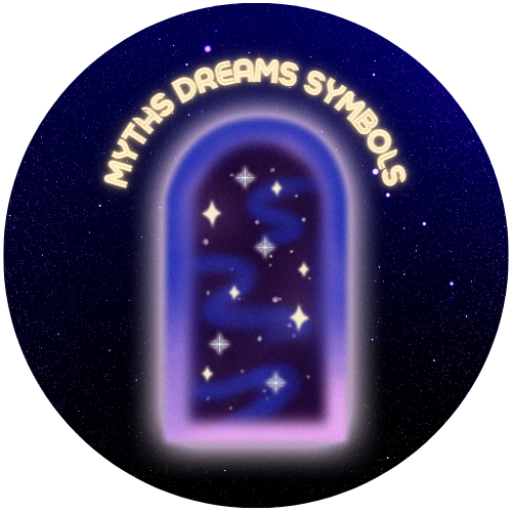In the realm of depth psychology, Carl Jung’s concept of individuation stands as a beacon, guiding individuals on a transformative journey toward self-realization.
This profound process, deeply interwoven with myths, dreams, and symbols, offers a pathway to understanding the depths of the human psyche.
Let’s embark on an exploration of Jung’s individuation process, unveiling its stages and significance in our quest for wholeness.
The Essence of Individuation
At its core, the individuation process is the psyche’s natural drive towards achieving a complete, integrated self. Jung posited that every individual possesses an inherent potential to become whole, yet this journey requires the harmonization of all parts of the psyche: the conscious and unconscious, the ego and the shadow, the persona and the anima or animus.
“The aim of individuation is nothing less than to divest the self of the false wrappings of the persona on the one hand, and of the suggestive power of primordial images on the other.”
This quote encapsulates the essence of individuation — not merely self-improvement but a voyage to the depths of the soul, seeking to reconcile and unite the diverse aspects of oneself.
The Role of Dreams and Symbols
“Dreams are the guiding words of the soul,” Jung once remarked, highlighting the compass and map of the individuation journey.
He believed our dreams are direct communications from the unconscious, rich with symbols that carry messages essential for our growth.
By engaging with these symbols, interpreting their meanings, and integrating their lessons into our conscious lives, we navigate the path of individuation, gradually unveiling the Self – the archetype representing the totality of the psyche.
Encountering the Shadow
One of the pivotal stages in the individuation process is confronting the shadow, that hidden repository of repressed traits, desires, and instincts.
“Everyone carries a shadow,” Jung noted, “and the less it is embodied in the individual’s conscious life, the blacker and denser it is.”
By acknowledging and integrating the shadow, we take a significant step towards wholeness, embracing the full spectrum of our humanity.
Meeting the Anima and Animus
Introducing the concepts of the anima and animus, Jung explores the feminine inner personality in men and the masculine inner personality in women, respectively.
“The syzygy: anima and animus,” Jung described, “is a couple of archetypes that occupies a central place in the unconscious.”
Encountering and integrating the anima or animus is crucial for achieving balance and harmony within, fostering richer, more meaningful relationships with others.
The Self: The Goal of Individuation
The culmination of the individuation process is the realization of the Self, an archetype symbolizing the unity of the conscious and unconscious mind.
“The self is not only the center but also the whole circumference which embraces both conscious and unconscious; it is the center of this totality…,” Jung explained.
This stage marks a profound sense of wholeness and internal alignment, a moment of spiritual awakening where the individual sees beyond the ego and connects with the universal.
Conclusion: The Personal Myth
Carl Jung’s individuation process invites us on a heroic quest not unlike those found in ancient myths. It’s a personal journey to discover our unique “personal myth,” a narrative that encompasses our struggles, victories, and transformations.
By following the path of individuation, we not only uncover the essence of our being but also contribute to the collective tapestry of human experience.
Engaging with our dreams, confronting our shadows, and embracing our inner opposites, we step into the fullness of our potential, crafting a life rich with meaning and purpose, guided by Jung’s timeless wisdom.










